
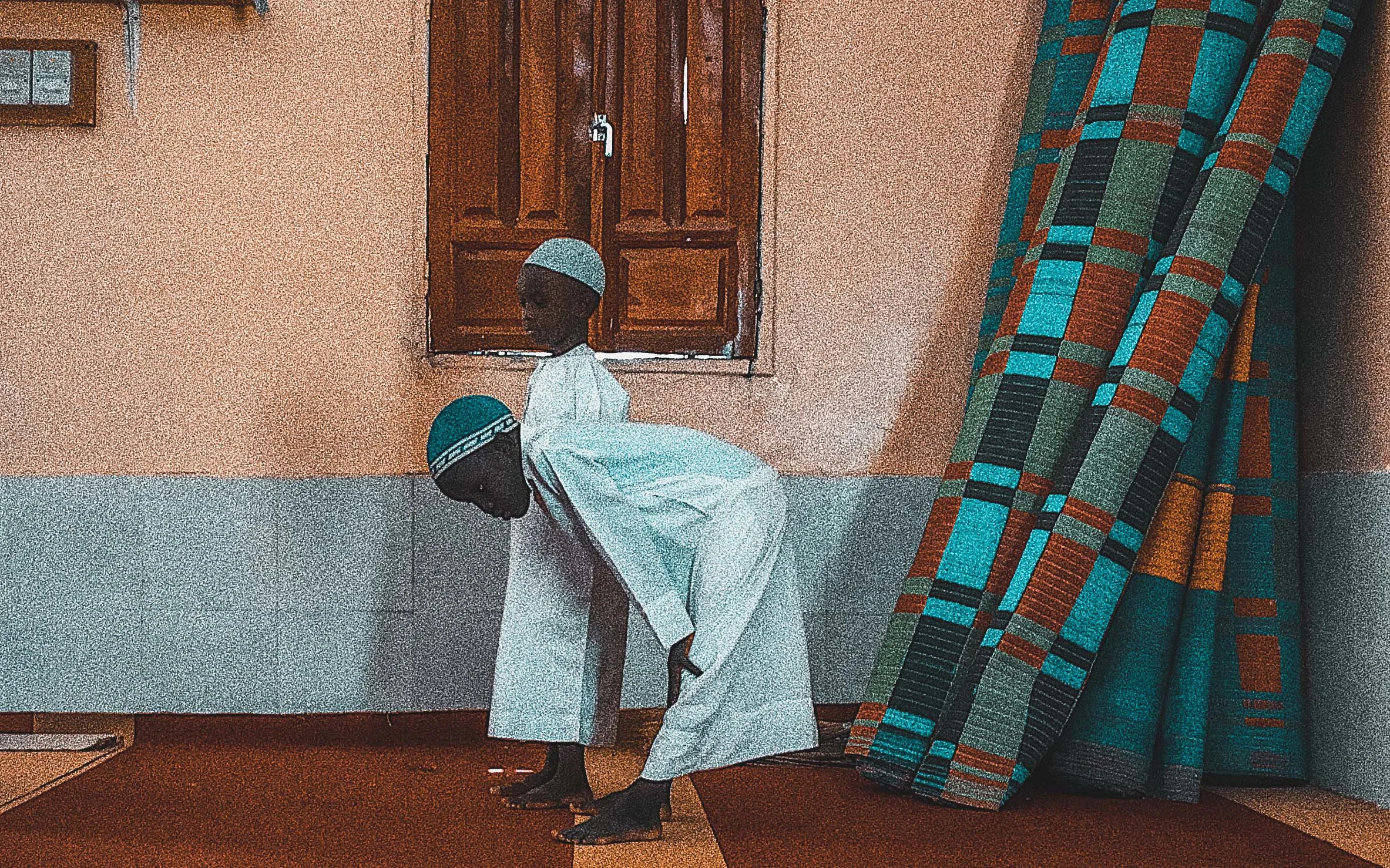
More recently focused on striking images of daily life in his native Mauritania, photographer Daouda Corera has also made portrait and fashion series, all of these unified by a shared motivation: showing his country’s diversity and beauty. A contributor to Everyday Africa, Daouda shares the collective’s interest in diversifying media depictions of the continent. He tells Bruno Bayley about his transition from information technology toward photography, a fortuitous accident that changed his artistic approach, and the importance of showing Mauritania to the world on its own terms.
“I remember my father taking pictures of us: my sister, my little brother and me. It was during my adolescence that I discovered the photo albums that my parents had carefully guarded, full of pictures of the family. From then on, I understood that photography had an enormous power over the experience and the story of a person,” says photographer Daouda Corera.
Daouda grew up in Sabkha, a suburb of Mauritania’s capital city Nouakchott, which lies on the nation’s western coastline, between the borders of Western Sahara to the north and Senegal to the south.
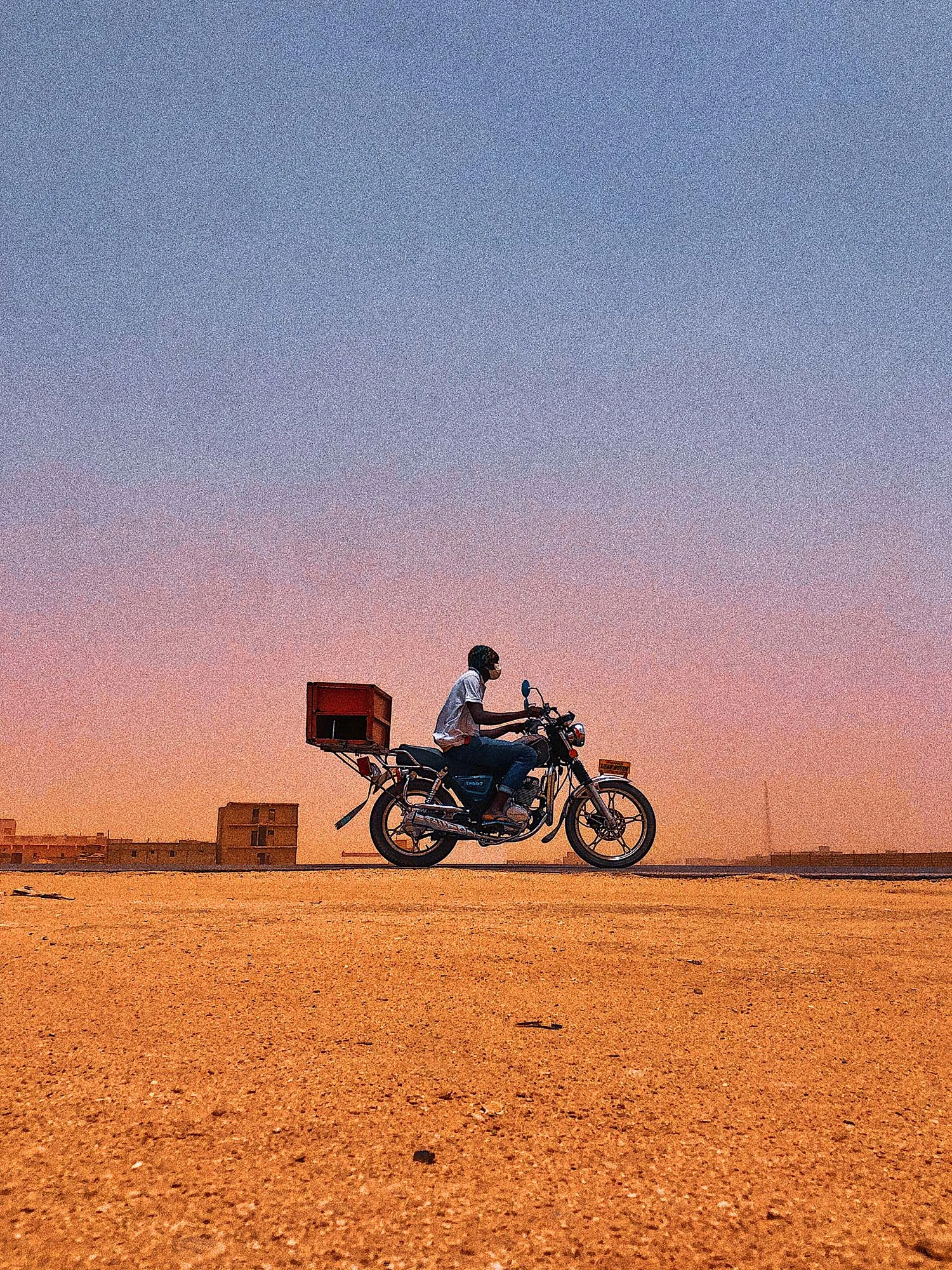

He describes Sabkha, where he lived until 2001, as dynamic, multicultural and multi-ethnic. Perhaps unsurprisingly then, when asked whether he recalls taking the photo that made him want to become a photographer, he mentions an early image he made to celebrate Mauritania’s diversity.
In 2011, during his final year at Sup' Management University of Mauritania, where he was studying systems engineering, Daouda volunteered to create a poster promoting an event that encouraged integration between new and established students. He took a photo of two students side by side, “one a Beydan man dressed in traditional clothing and the other a Fulani woman in modern clothes.” The poster was a hit with the university’s administration, and photography began to grow from a hobby into a profession.

In speaking about his work Daouda makes it clear this professionalization didn’t come at the cost of emotional commitment to image-making. His early non-commissioned work was ostensibly fashion photography: series focused on models wearing various fabrics, largely the bold wax prints so closely associated with West and Central Africa, as well as materials more specific to Mauritania.
In spite of the fashion context, the motivations behind this work were close to home, far removed from what many might think of as typical commercial or fashion-centric drives. “Mauritania is a crossroads between Black Africa and the Magreb,” Daouda explains, when asked about the fabric series. “There’s a mixture of colors which for me is incredibly beautiful, whether it's through the way people dress, the way people mix in the markets, in the mosques, in the streets. It's this mix that makes me want to take pictures.”

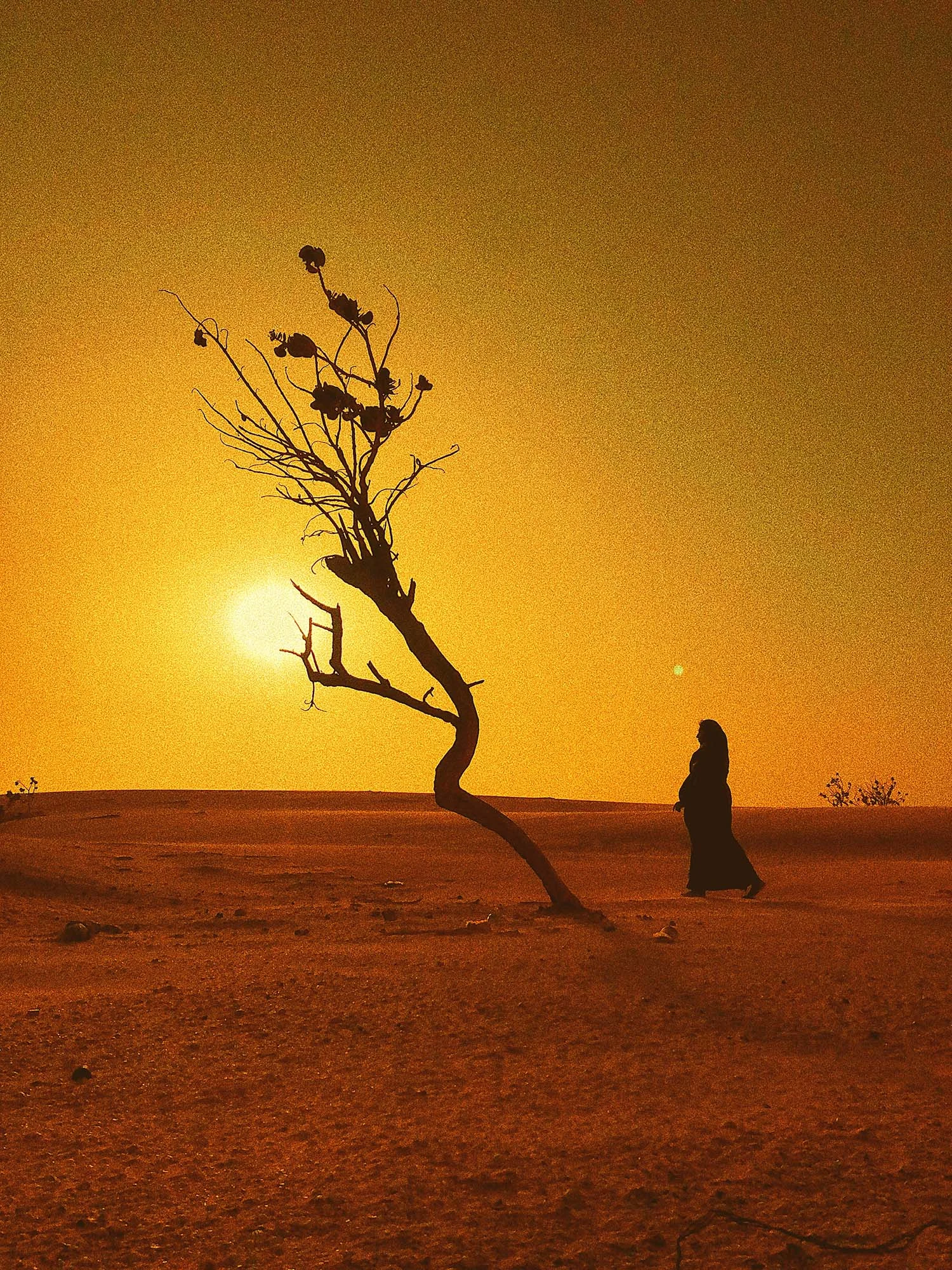

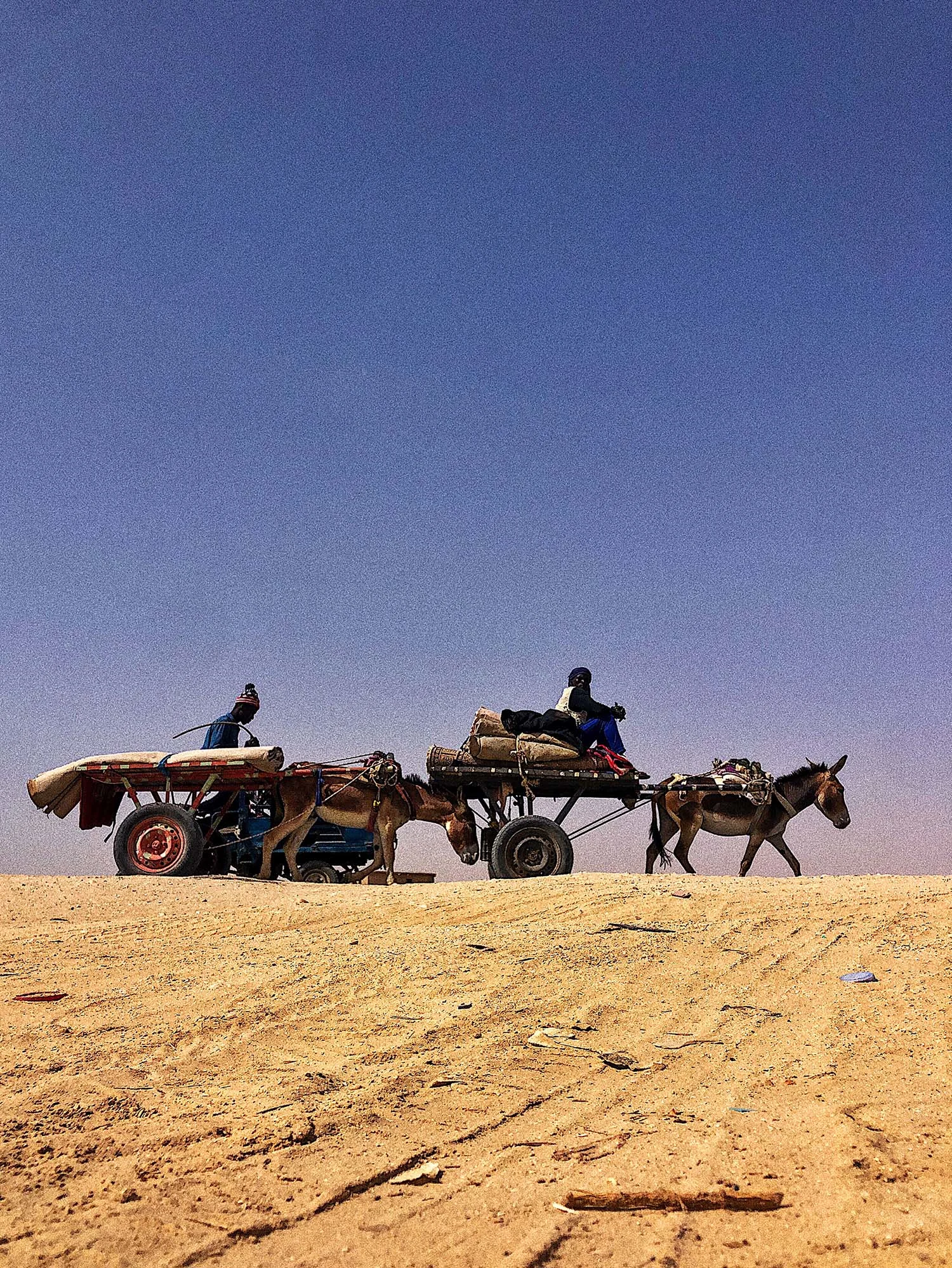
In December 2015, a car accident led to the loss of his equipment. It was, at least in retrospect, a fortuitous loss that set him on a path toward making the images he is perhaps best known for now. “For a lack of other options I bought myself an iPhone 6s,” Daouda explains. This allowed him to continue taking photos while searching for new photographic equipment. “From there came the idea of taking photos of daily life in Mauritania, and more precisely in Nouakchott,” he explains.
This, his ongoing work, is varied in subject matter: spanning transport, life in the city’s markets and the “interactions between people, colors and textures, clothes, traditions and landscapes.” In spite of the variety the images feel unified, often conveying a sense of temporal liminality: an endless dawn-day-dusk hybrid that can emphasize the vastness of landscapes and settings as well as the role of figures within them. This move toward observational social documentary work spurred Daouda, in 2016, to join the Everyday Africa photo collective. The first of the now-global Everyday Projects, the collective seeks to challenge stereotypical depictions of the continent in media by broadening its visual representations. In 2017, Daouda started the Everyday Nouakchott project, capturing the realities of life in the city.

One of the largest and most sparsely populated of African nations, Mauritania is also one of the least visited countries on earth. A large portion of the nation’s coverage in external news dwells on its associations with modern day slavery and to a lesser extent issues around underdevelopment.
Asked whether countering these sorts of narratives is a driving factor in his work, Daouda explains that he is working on “a research project on ethnic groups in Mauritania, castes, and cultures to break the negative and feudal stereotypes that exist in certain communities.” On the topic of poverty, he notes that while Mauritania is not spared its struggles with it, the issue should not become the overriding or defining image of a nation “where there are also positive things to show—the melting pot that exists in Mauritania.”
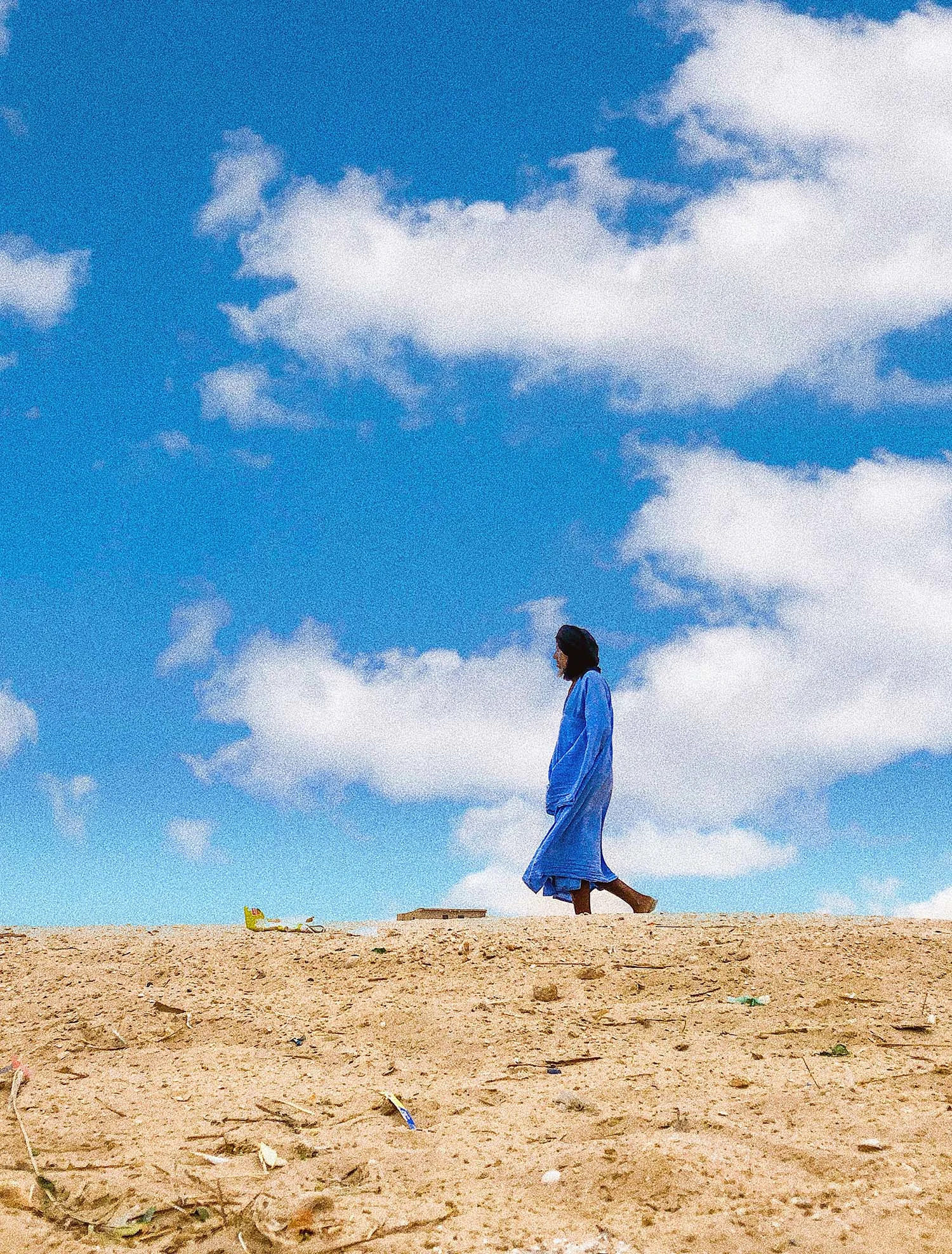
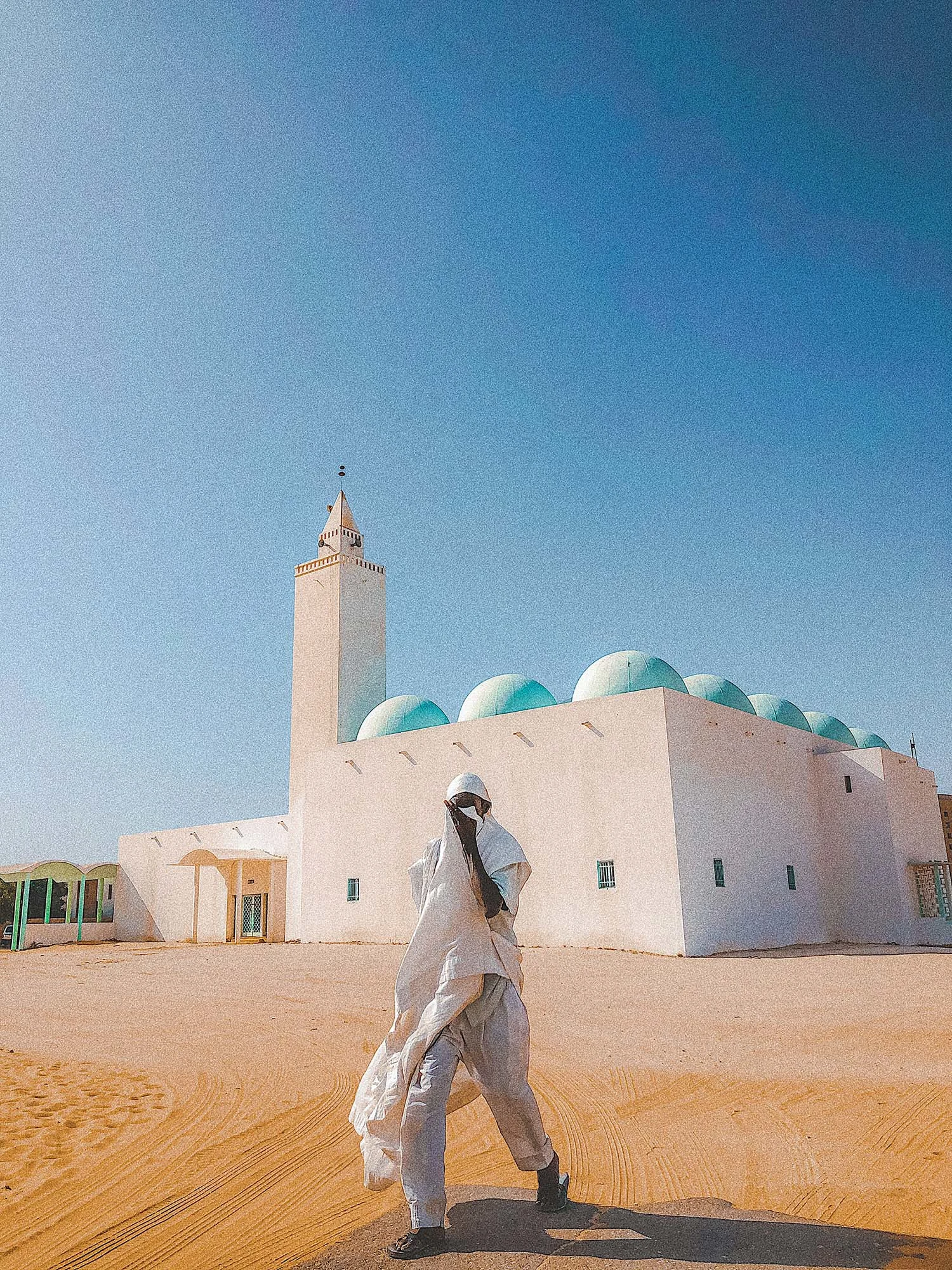
A wish to show the country from within, to stress its variety and cultural diversity seems to be the common motivational thread binding Daouda’s projects, irrespective of divergent approaches or subject matter. A newer series, “REWƁÉ,” meaning “Women” in the Fula language of the Fulani ethnic group from which Daouda comes, aims to show the country’s diversity through portraits of women in various styles of clothing, showing the “different faces and ethnic groups intermingled here.”
“My work aims to bring the public closer to the confluence of Mauritanian cultures, and this is, for me, an opening to new conversations. To help people understand and know and see Mauritania differently… Not the Mauritania that we see on social networks composed of photos of camels, sand dunes and date palms.”
Daouda is hopeful that his ongoing work will entice outsiders to learn more about Mauritania, but also to serve those who are from there. “Through my photos of life here, or specifically Nouakchott, many people who have never visited Mauritania have this desire to come and discover it. I hope these pieces of stories, pieces of daily life that I immortalize in photos reveal childhood memories for some and prompt discoveries for others.”

